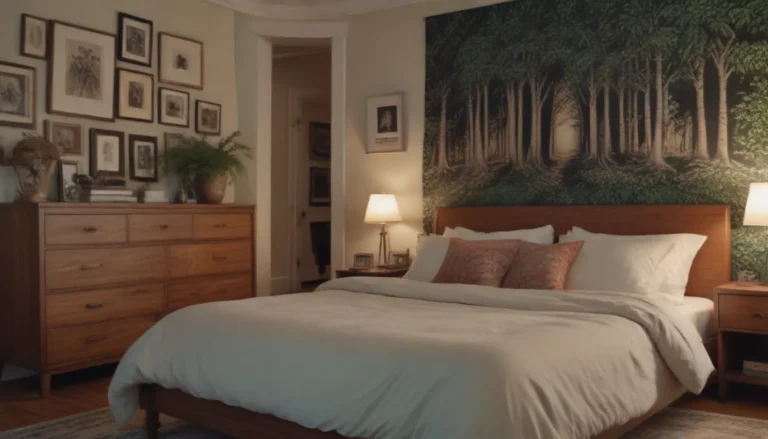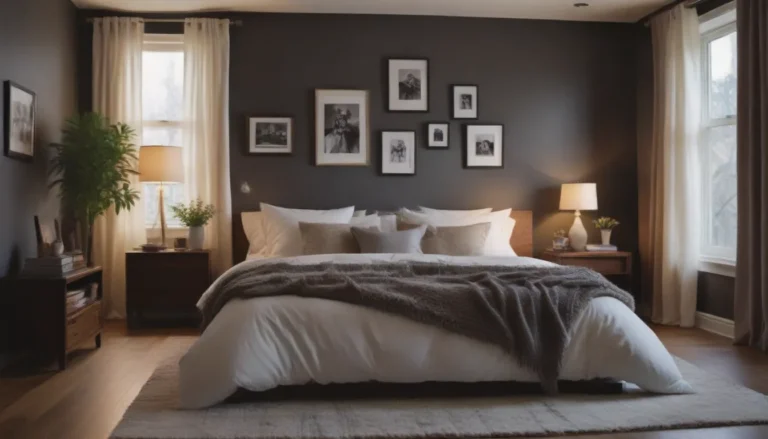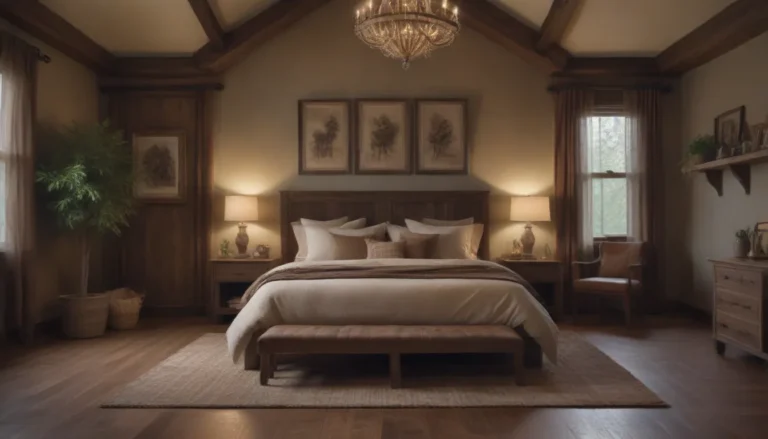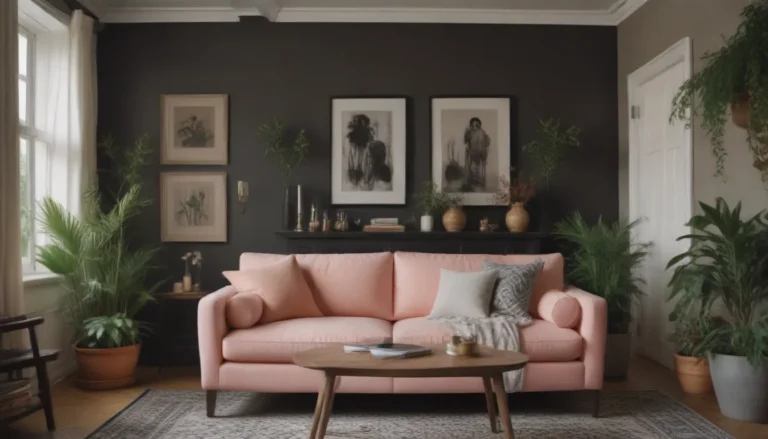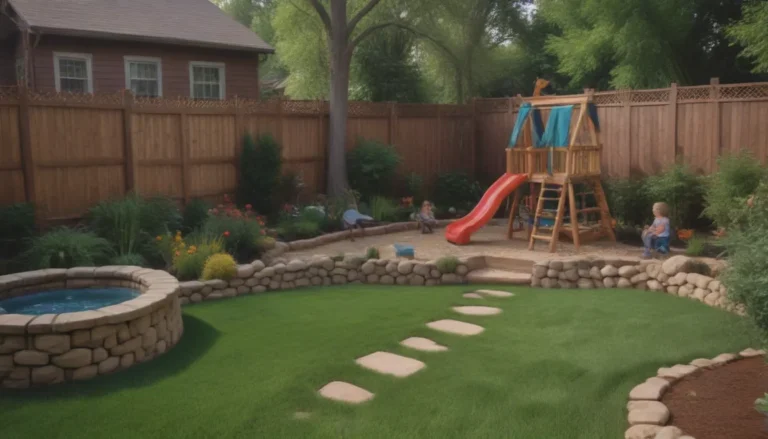Understanding Loggias: An In-Depth Guide
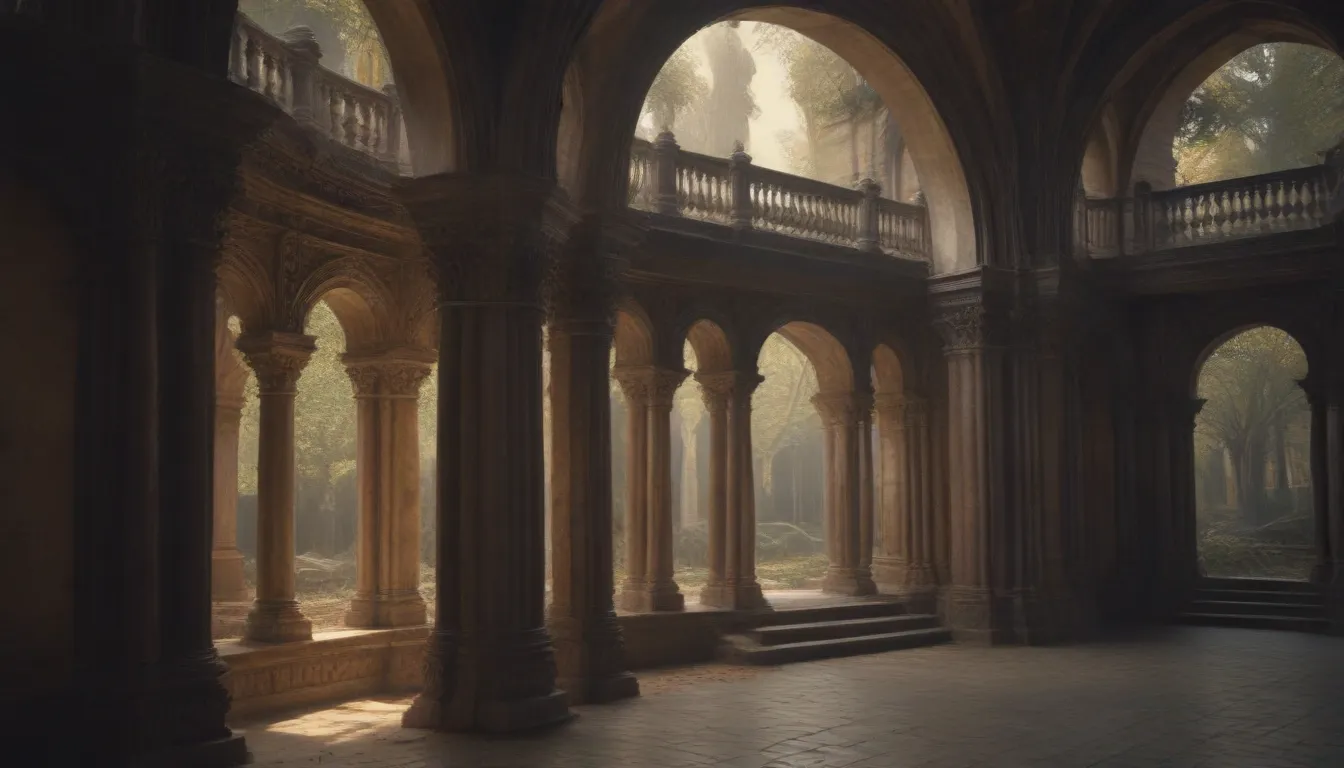
Loggias, a term originating from Italy, represent more than just a covered outdoor space. They have a rich history and unique architectural design that can enhance the beauty and functionality of a home. In this comprehensive guide, we will delve deeper into the world of loggias to uncover their benefits, history, contemporary design applications, and notable examples. Whether you are a homeowner looking to add a touch of elegance to your property or an architecture enthusiast keen on learning about different architectural styles, this guide is for you.
What Is a Loggia?
A loggia is a covered outdoor corridor or gallery typically attached to the main residence. It incorporates architectural columns and arches into its design, creating a space that seamlessly merges indoor and outdoor living. TheOxford Dictionaries define a loggia as “a gallery or room with one or more open sides, especially one that forms part of a house and has one side open to the garden.” The term “loggia” derives from the Italian word for “lodge,” reflecting its origins in mid-18th-century Italy.
Benefits of a Loggia
While loggias may resemble porches, they offer unique advantages to homeowners. Here are some benefits of incorporating a loggia into your home:
- Enhanced Outdoor Living: Loggias provide a covered outdoor space where you can relax, entertain guests, or enjoy the beauty of nature without being fully exposed to the elements.
- Architectural Charm: The architectural columns, arches, and other design elements of a loggia add elegance and sophistication to your home’s exterior.
- Increased Property Value: A well-designed loggia can boost the curb appeal and overall value of your property, making it more attractive to potential buyers.
History of Loggias
Loggias have a rich history that dates back to the Italian Renaissance. These covered outdoor spaces originated in the tropical Mediterranean region, where protection from the sun was essential for comfort. Loggias were often integrated into residential and commercial structures, providing open-air living areas that were easily accessible from inside the home. One of the most famous examples of a loggia is the Loggia dei Lanzi in Florence, Italy, built in the 14th century.
Loggias in Contemporary Design
In modern architecture, interior design, and landscape design, loggias continue to inspire creativity and innovation. Designers often reinterpret the concept of a loggia to suit contemporary preferences and aesthetic sensibilities. Some key aspects of contemporary loggias include:
- Mediterranean Influence: Loggias may incorporate Italian or Greek architectural elements, materials like brick, stone, steel, glass, and marble to create a Mediterranean-inspired space.
- Customization: Designers and clients have the freedom to tailor loggias to their specific needs and preferences, resulting in unique and personalized outdoor living areas.
Disadvantages of Loggias
While loggias offer numerous benefits, it’s important to consider potential drawbacks before incorporating one into your home:
- Limited Weather Protection: Loggias may not provide complete shelter from wind and other elements, requiring additional measures to protect furnishings and maintain the space.
- Maintenance Requirements: Like porches and covered patios, loggias require regular cleaning and upkeep to preserve their appearance and structural integrity.
The Loggia Test
To determine if a structure qualifies as a true loggia, consider the following architectural features that define this distinct outdoor space:
- Architectural Columns: Loggias typically feature architectural columns that support the structure and add visual interest.
- Open-Sided Design: A loggia has at least one open side, connecting the space to the surrounding environment.
- Integration with Residence: Loggias are often attached to the main residence, blurring the line between indoor and outdoor living spaces.
Notable Buildings With Loggias
For inspiration and guidance on incorporating loggias into your own home, consider studying renowned buildings that feature these distinctive covered outdoor spaces. Some notable examples include:
- Loggia dei Lanzi (Loggia della Signoria): Located in Florence, Italy, this historic loggia showcases classic architectural elements such as wide arches and Corinthian columns.
- Additional Resources:
- Florence Inferno. Cui, Frédéric.
- Stabat, Pascal. Marchio, Dominique.
- Numerical simulation of wind-driven natural ventilation: Effects of loggia and facade porosity on air change rate. Building and Environment, vol. 106, 2016. doi:10.1016/j.buildenv.2016.03.021
By studying these iconic structures, you can gain insights into the design principles and aesthetic appeal of loggias, helping you create a similar ambiance in your own home.
In conclusion, loggias offer a unique blend of architectural elegance, outdoor living functionality, and historical significance. Whether you are drawn to their classical charm or contemporary versatility, incorporating a loggia into your home can elevate its aesthetic appeal and create a welcoming outdoor retreat. Embrace the essence of Italian design with a loggia that reflects your personal style and enhances your living experience.
